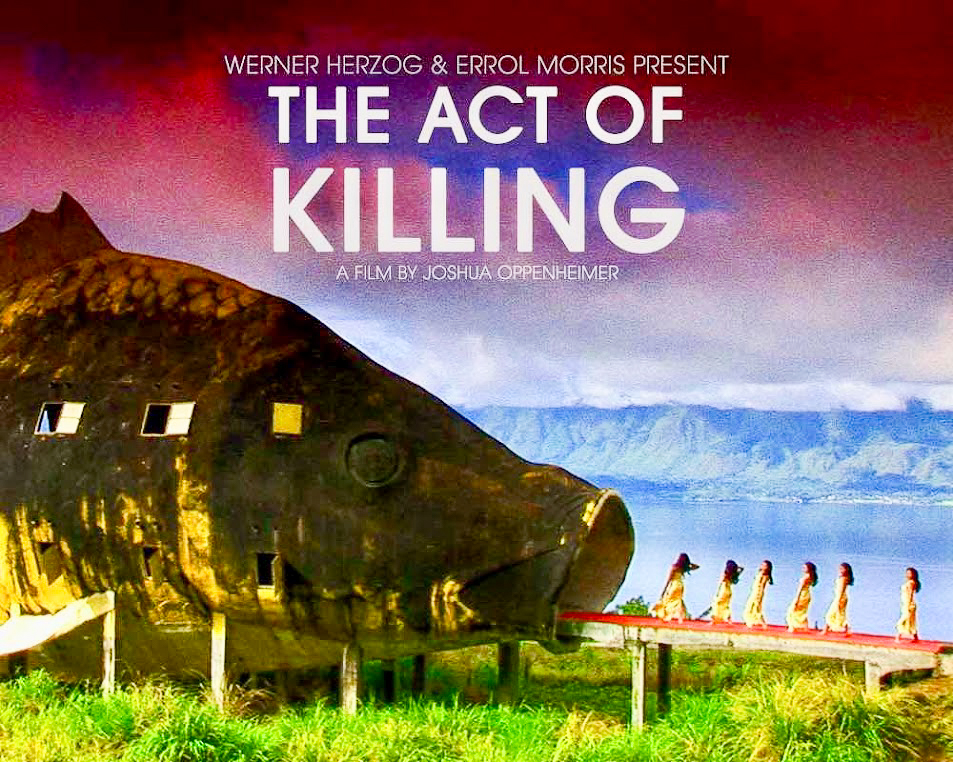And, indeed, I will ask on my own account here, an idle question: which is better—cheap happiness or exalted sufferings? Well, which is better?---Fyodor Dostoevsky ---Notes from Underground There are certain people of whom it is difficult to say anything which will at once throw them into relief—in other words, describe them graphically in their typical characteristics. These are they who are generally known as “commonplace people,” and this class comprises, of course, the immense majority of mankind. Authors, as a rule, attempt to select and portray types rarely met with in their entirety, but these types are nevertheless more real than real life itself. For instance, when the whole essence of an ordinary person’s nature lies in his perpetual and unchangeable commonplaceness; and when in spite of all his endeavours to do something out of the common, this person ends, eventually, by remaining in his unbroken line of routine—. I think such an individual really does become a type o...
NOTES FROM UNDERGROUND
Hope
To be human is to be a miracle of evolution conscious of its own miraculousness — a consciousness beautiful and bittersweet, for we have paid for it with a parallel awareness not only of our fundamental improbability but of our staggering fragility, of how physiologically precarious our survival is and how psychologically vulnerable our sanity. To make that awareness bearable, we have evolved a singular faculty that might just be the crowning miracle of our consciousness: hope.--
Erich Fromm
- Get link
- X
- Other Apps
Labels
Mishima: A Life in Four Chapters (1985)
"Paul Schrader’s cinematic collage of the Japanese writer Yukio Mishima’s life and work, from 1985, is one of the most gorgeous and sophisticated portraits of an artist ever put on film."
Paul Schrader's "Mishima: A Life in Four Chapters" (1985) is the most unconventional biopic I've ever seen, and one of the best. In a triumph of concise writing and construction, it considers three crucial aspects of the life of the Japanese author Yukio Mishima (1925-1970). In black and white, we see formative scenes from his earlier years. In brilliant colors we see events from three of his most famous novels. And in realistic color we see the last day of his life.
What he did on that day validated, in his mind, both his life and his work. A fanatic traditionalist who exalted the medieval code of the samurai, he had formed a private army to express his devotion to the emperor. With four of its members, he drove to a regimental headquarters of the Japanese army, held a general as hostage, demanded to be allowed to address the gathered troops, and then committed ritual suicide by simultaneously disemboweling himself and having an acolyte behead him.
Mishima is his ultimate man in a room. There is the young boy, separated from his mother and held almost captive by a possessive grandmother, who won't let him go out to play but wants him always at her side. There is the writer, returning to his desk every day at midnight to write his books and plays in monkish isolation. There is the public man, uniformed, advocating the Bushido Code, acting the role of military commander of his own army. On the last day of his life, he is ceremoniously dressed by a follower and adheres to a rigid timetable that leads to his meticulously planned and rehearsed suicide, or seppuku. Considering that he is a man fully committed to plunging a sword into his own guts, he seems remarkably serene; his life, his work, his obsession have finally become synchronous.
He is insane, yes, but not confused. He thinks with the perfect clarity of the true believer, and in this case his belief is in himself and his statement. His desire is to provoke an army mutiny that will overthrow democracy and other Western infections, and restore the supreme power of the emperor. Not even the emperor agrees with him, but such is Mishima's overwhelming charisma that his army recruits want to join him in death.
These scenes from his life find mirrors in the sequences inspired by three of his novels, Temple of the Golden Pavilion, Kyoko's House and Runaway Horses.
Temple of the Golden Pavilion involves a young monk at an ancient temple, who is overcome by its beauty and burns it down. The story is inspired by actual events in 1950. Ishioka's sets of dazzling red and gold include collapsing walls that open before the monk vagina-like. Kyoko's
House is based on a 1959 novel that turned out to be prophetically autobiographical. Its hero, a body-building boxer, commits suicide with his lover. Runaway Horses is about a young man in the early 1930s who leads a plot to assassinate government figures and restore the emperor. In one way or another, all three prefigure events in Mishima's life; the first, about the destruction of beauty, connects with his belief that a man should grow steadily more beautiful until the age of 40, when he has reached perfection and should die before decay sets in.
The screenplay was written by Schrader in collaboration with his brother Leonard (1943-2006), who lived, taught and married in Japan.
MISHIMA - A LIFE IN FOUR CHAPTERS. PHILIP GLASS. (SOUNDTRACK)>>>
"Isn't it incredible to think that this kind of intellectual discourse could once took place on a mainstream talk show?"
For the production design on Mishima: A Life in Four Chapters, director Paul Schrader turned to famed graphic designer Eiko Ishioka. The images of her groundbreaking sets, as well as this excerpted text, first appeared in the 2000 book Eiko on Stage. Ishioka worked on the film with Kazuo Takenaka, who assisted her on overall execution and was responsible for designing the reality-based sets.













.jpg)